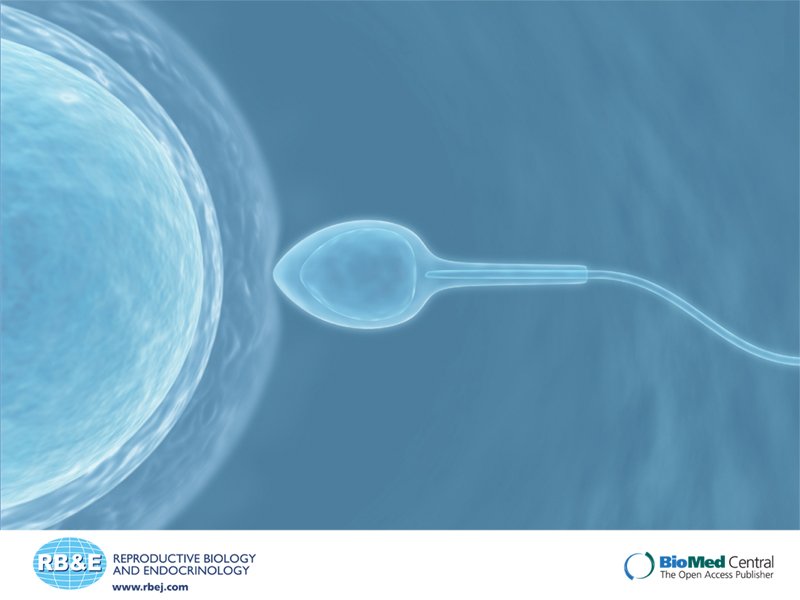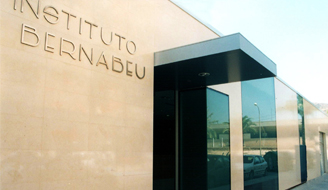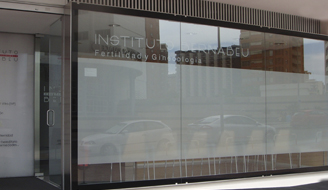New IB research: Communication between sperm and the egg during fertilisation
Female gametes (also known as eggs) are covered by two layers. The first of these is the zona pellucida (ZP) and the second is a layer of granulosa cells. Numerous pieces of research carried out on various mammals affirm that these layers play an essential role during fertilisation. Some research work even suggests that they affect the sperm's ability to fertilise the egg.
When sperm is ejaculated, it is not prepared for egg fertilisation. In order to be ready to do so, it must go through a number of changes known as the Acrosome Reaction and it would appear that some of these changes take place as a result of certain substances which are produced by the granulosa cells surrounding the egg.
The aim of the research project was to identify new substances coming from the granulosa layer in order to understand a little more about the molecular mechanisms which give rise to fertilisation. Three molecules denominated LPC, MAG and PHS were identified and these would appear to be essential in providing sperm with the ability to fertilise. The results obtained could lead to the use of new drugs for treating infertility and improvements in assisted reproduction techniques.
The research work, which was carried out by Instituto Bernabeu in collaboration with the University of Alicante, was recently published in the prestigious 'Reproductive Biology and Endocrinology' scientific magazine. (2015) 13:123









